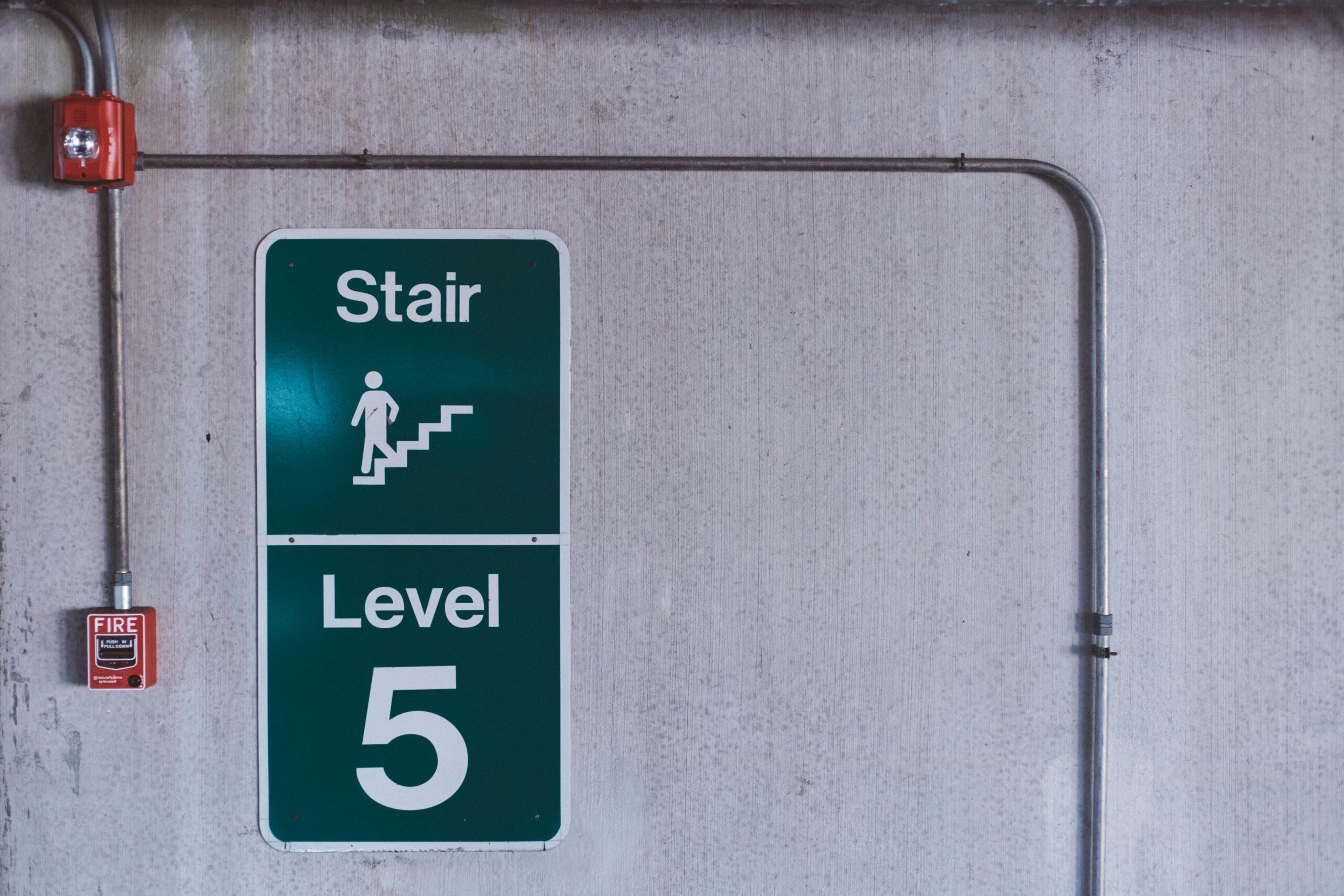The Evolution of Fire Safety Regulations in the UK
Fire safety regulations in the UK have undergone significant changes over the years, evolving in response to major incidents, advancements in technology, and a greater understanding of fire risks. Businesses and property owners must stay informed about these developments to ensure compliance and uphold safety standards. In this article, we explore the history of fire safety laws in the UK, key legislative changes, and what businesses need to do to remain compliant today.
A Brief History of Fire Safety Legislation
The Great Fire of London and Early Regulations
One of the earliest influences on fire safety regulations in the UK was the Great Fire of London in 1666. In its aftermath, the government introduced the Rebuilding Act of 1667, which required new buildings to be constructed using fire-resistant materials such as brick and stone instead of wood.
The Factories Act 1937
As industrialisation grew, so did the need for workplace safety measures. The Factories Act 1937 was one of the first pieces of legislation to address fire hazards in workplaces, outlining requirements for fire escapes and safe working conditions.
The Fire Precautions Act 1971
A major step in modern fire safety legislation, the Fire Precautions Act 1971 required certain buildings, such as hotels and offices, to have fire safety certificates issued by the fire authorities. It also introduced requirements for fire exits, alarms, and fire-fighting equipment.
Key Changes and Their Impact
The most significant modern reform in fire safety legislation came with the introduction of the Regulatory Reform (Fire Safety) Order 2005 (FSO). This legislation consolidated various fire safety laws into a single, overarching framework. The FSO places the responsibility for fire safety on business owners, landlords, and building managers, requiring them to carry out fire risk assessments, implement appropriate fire safety measures, and ensure regular maintenance of fire detection and prevention systems.
Key Changes and Their Impact
The Grenfell Tower Tragedy and Fire Safety Reforms
The devastating Grenfell Tower fire in 2017 exposed serious flaws in building fire safety regulations, prompting a wave of reforms. The Building Safety Act 2022 and Fire Safety Act 2021 introduced stricter fire safety regulations, particularly for high-rise residential buildings. These changes include:
- Enhanced fire door inspections
- Improved evacuation plans
- Stricter rules for external cladding materials
- Clearer accountability for building owners and responsible persons
Modern Fire Safety Requirements for Businesses
Today, businesses must adhere to the following key fire safety responsibilities:
- Conduct regular fire risk assessments and update them as necessary.
- Ensure that emergency lighting and fire extinguishers are properly installed and that fire alarms are regularly maintained. You can read more about the importance of fire alarm maintenance in our dedicated article.
- Provide fire safety training for employees and designated fire marshals.
- Maintain clear escape routes and ensure fire exits remain unobstructed.
- Keep up with new regulations and guidance from the National Fire Chiefs Council (NFCC) and other governing bodies.
Fire safety regulations in the UK have evolved significantly, shaped by historical events and emerging risks. Businesses must stay proactive in understanding and implementing these regulations to ensure compliance and protect lives. By carrying out regular fire risk assessments, maintaining fire safety systems, and staying informed about legislative changes, organisations can create safer environments and avoid costly penalties.
For expert guidance on fire safety compliance, get in touch with our team today.



